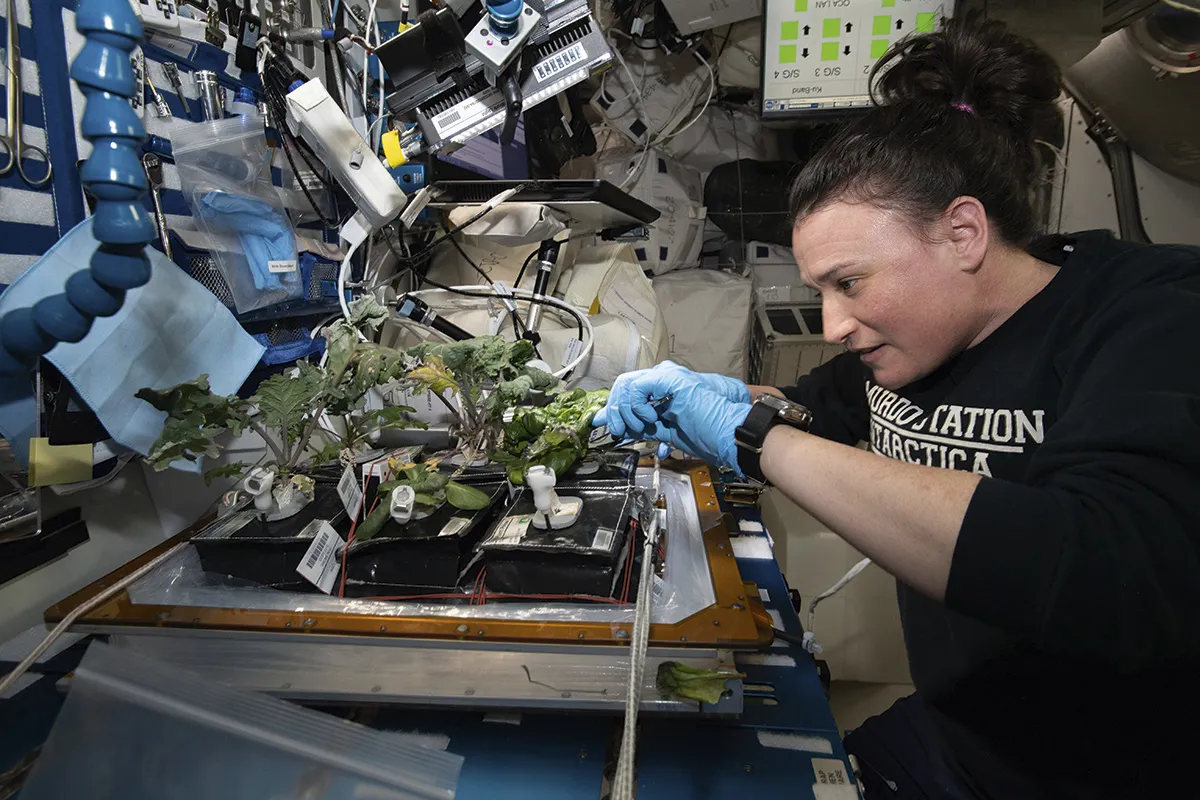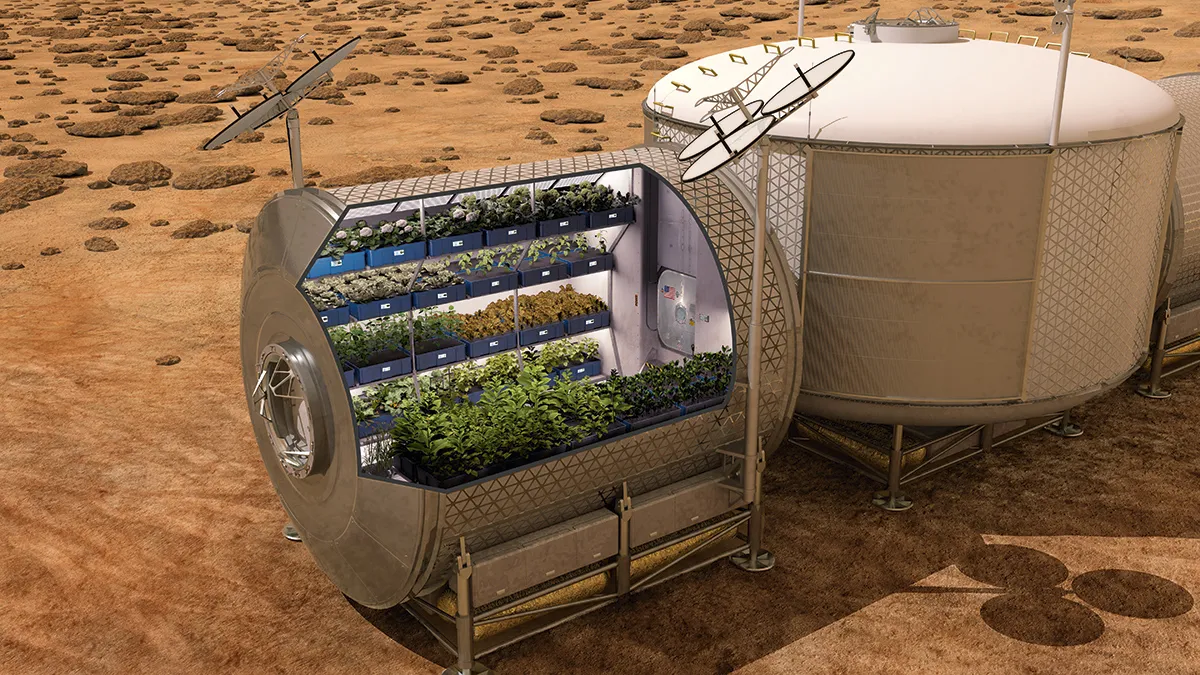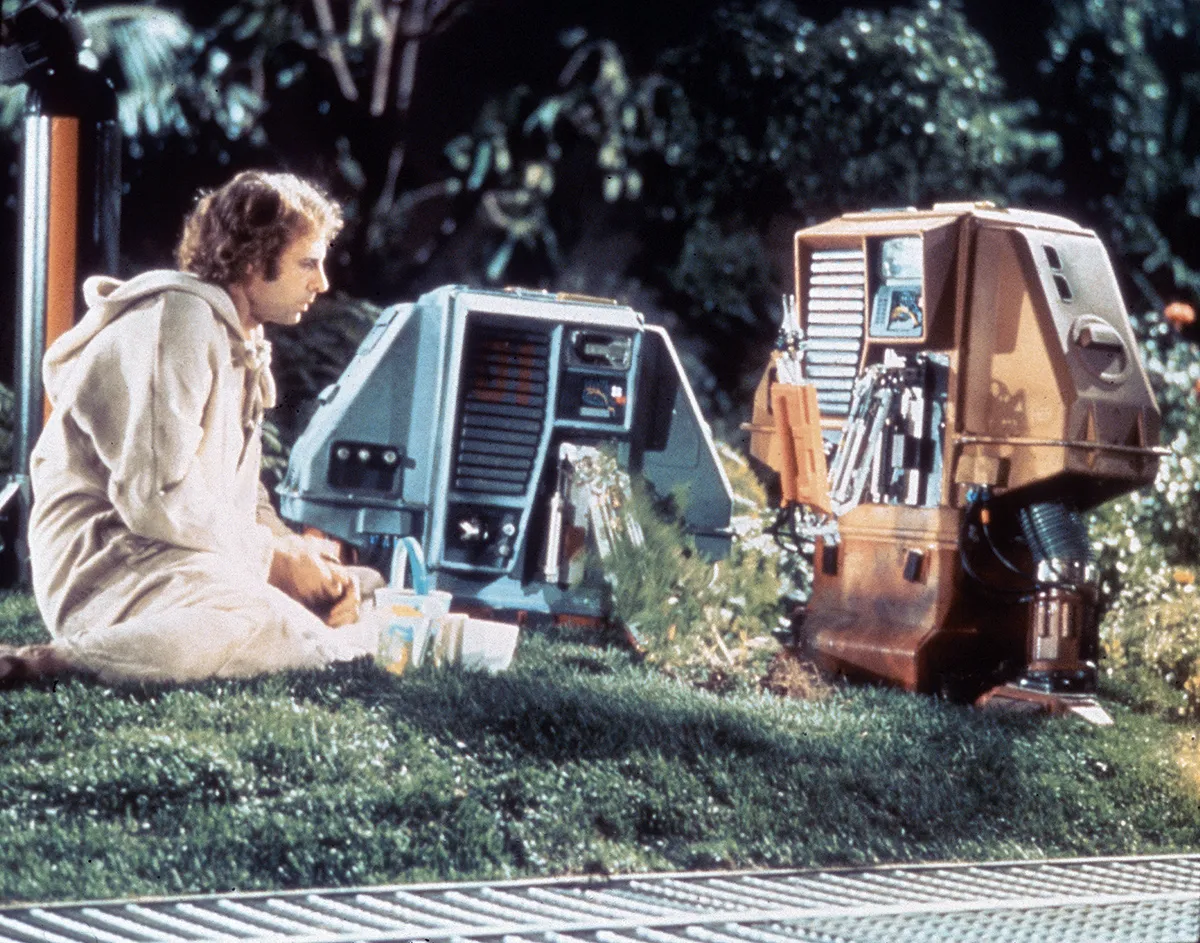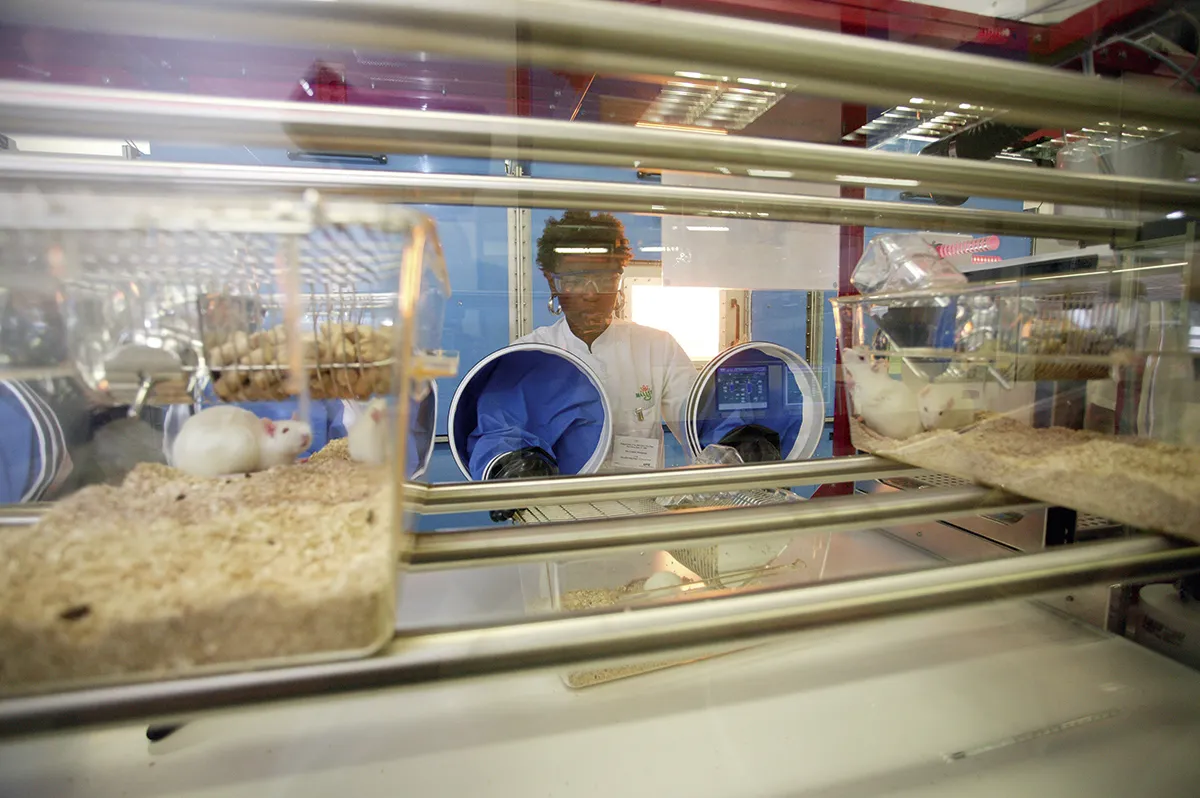The thousands of space travellers were in suspended animation and nestled together on their ship, which was about to land on the Moon. But something was wrong.
The ship’s computer initiated a series of commands that accidentally shut down its engines. As the craft careered towards the lunar surface, its passengers lay silent and still, oblivious. The impact was powerful. Dust scattered. And yet, they may have survived.
The creatures on board that doomed vehicle were tardigrades, also known as ‘water bears’ – micro-animals that can endure extreme temperatures, pressures and even radiation, among other harsh conditions. If they did make it alive, they would have achieved something rather special. Hardly any animal species has ever made it so far from Earth.
The botched landing, which happened in 2019, was not necessarily catastrophic enough to destroy the tardigrades, according to the Arch Mission Foundation, the non-profit that decided to send the tardigrades to space. The organisation had attached the creatures to a stack of discs containing information about human civilisation, which was aboard the lunar lander.
But unless humans or perhaps robots can investigate the crash site, potentially many years from now, we won’t know for sure, says Doug Freeman, a spokesperson for the foundation. “It’s actually unlikely that the disc would have been destroyed,” he adds.
Crucially, the tardigrades were in a state of dehydration, which suspended their metabolisms. In theory, the creatures could be reanimated years after the crash, should they have survived intact. The mission, called Beresheet, was the first Israeli mission to land on the Moon. No other animals, as far as we know, have spent so long on the lunar surface.
Read more about space exploration:
- How the upcoming missions to Venus could reveal how life on Earth will end
- How humanity will return to the Moon: The future of lunar exploration
- James Webb Space Telescope: Inside the high-stakes testing of Hubble’s £7.2bn successor
In the past, many people assumed that the Moon was populated with creatures, like the Earth was. There’s an old folk belief that the woodcock, a rarely seen ground-nesting bird, spent its summers on the lunar surface because it always returned from migration on the first full Moon of November. And the Greek philosopher Philolaus was among those who thought lunar animals must be 15 times larger than those on Earth. For some reason he also argued that they did not produce poo.
Today, we think of the landscape of the Moon very differently. It is considered more or less barren. But that could change. As humans establish outposts, bases or research stations on the Moon, we might bring with us life forms other than ourselves (and the microbes that live on and in our bodies).
In other words, the tardigrades could soon have company. From providing food toacting as our personal companions, animals could have important roles to play on the final frontier. And we might even find novel ways of benefitting or safeguarding the nature of planet Earth as we explore the Solar System and beyond.
“My feeling is that we can’t go into space alone,” says Cyrille Przybyla, a researcher at the French Research Institute for Exploitation of the Sea. “We have to keep with us our environment.”
Przybyla is one of a few researchers who are convinced that the future of human spaceflight will feature plants, animals and other organisms. He points to the 1972 film Silent Running, in which giant spaceships with greenhouse-like domes preserve a collection of plant and animal species in a future era when Earth’s forests have almost gone extinct. The film’s story is not the most compelling, argues Przybyla, but the idea of taking this bounty of biological life with us into space, is. “My vision is close to this bad movie,” he says.
Przybyla’s current project, the Lunar Hatch Programme, involves fish eggs. In a series of experiments, he and his colleagues have shaken, vibrated and accelerated fish eggs (from sea bass) to great extremes to see whether larvae will still hatch from them after enduring such punishment. The idea is to simulate the effects of a rocket launch and spaceflight.

In some of the latest experiments, the results of which have not yet been peer-reviewed, the eggs were exposed to acceleration up to 5g using a rapidly spinning machine. A separate machine was used to expose the eggs to simulated microgravity, such as they might experience on a voyage to the Moon in the future.
Should fish eggs be able to withstand the mechanical stresses of spaceflight, they could one day be conceivably delivered to a future Moon base, and hatched in an aquaculture system using water retrieved from below the lunar surface. Przybyla argues that fish could be a vital source of protein for lunar residents and a reminder of the appetising food they must leave behind on Earth.
So far, the fish eggs appear robust enough to survive the physical strain of flying to the Moon. But the next step, says Przybyla, is to expose them to radiation to see whether that reduces the hatching rate. He’s reasonably confident that the eggs will survive. If so, it might be thanks to evolutionary toughness. Przybyla points out that when the first aquatic life evolved on Earth more than three billion years ago, there was little or no atmosphere and so those early organisms might have been exposed to more cosmic radiation than terrestrial species today.
Should the Lunar Hatch Programme continue to prove successful, the project might become part of the European Space Agency’s (ESA) Moon Village in the coming decades, potentially paving the way for fish farming on the Moon. There are no guarantees, though. The proposal is currently one of around 300 vying for inclusion in the Moon Village programme.
Read more about leaving Earth:
- How to build a Moon base
- The plans to build a Martian mega city you’d actually want to travel 300 million km to live in
Przybyla says he decided to focus on fish partly because they are relatively small animals that don’t produce excessive amounts of CO2. Waste products would have to be disposed of or recycled on an ultra-efficient Moon base, since space will be so limited and the environment will have to be kept clean and safe.
For similar reasons, insects could also be part of a lunar farm one day, argue the authors of a 2020 report from the University of Australia and the International Space University. “Insect farms require relatively small amounts of space and lower water usage when compared with conventional meat protein sources on Earth,” they write, before suggesting some specific candidates – crickets, silkworm pupae or palm weevil larvae.
Even the small environmental footprint of these animals makes the idea of rearing them on the Moon problematic, at least in the near future, argues Dr Christophe Lasseur, from ESA’s Life Support and Physical Sciences Instrumentation Section.
“Animals will consume oxygen, they will produce CO2… they will produce faecal matter,” he says. “We are more looking to plants, bacteria and microalgae.”
ESA’s Melissa programme is working on the design of a ‘closed-loop’ system to provide lunar inhabitants with food, perhaps in the form of spirulina, a blue-green algae that has long been harvested as a food source in Africa and Latin America, and which turns carbon dioxide into oxygen.

The debate on whether it will be necessary to raise animals on the Moon to provide food rests on factors such as whether protein will be more easily obtained from other sources and whether it might just be easier to ship food directly from Earth. That is how the International Space Station (ISS) occupants get their food – save for a few salad leaves grown in space.
But Dr Martina Heer, professor in nutrition physiology at the University of Bonn, points out that human beings need a few kilograms of food per day. Supplying a cadre of lunar residents with constant deliveries might actually be prohibitively expensive. “That’s a lot of weight you have to take to the Moon,” she says.
So while delivering food direct from Earth might suit at first, it’s not something that would be practical indefinitely, especially once the number of people living on the Moon grows, says Dr Mike Dixon, professor and director of the Controlled Environment Systems Research Facility at the University of Guelph in Canada.
Dixon has spent years researching how well plants can grow in space. Shortly, he hopes to monitor an experiment on the ISS to see whether barley will grow when exposed to cosmic radiation. And he also has plans to grow barley on a lunar lander in the future, too.
“The psychological appeal of the food you eat is not to be discounted,” Dixon says, arguing that fish and insects are among the top candidates for lunar livestock. While some may not leap at the chance to gulp down a bowl of crickets, it’s possible to grind dried insects into powder and use them in various recipes that have no hint of antennae or spiny legs.
Will all lunar animals just end up being eaten by humans? Not necessarily. Dr Nancy Gee, professor of psychiatry at Virginia Commonwealth University, argues that any human who stays on the Moon for more than a few days will have to battle feelings of loneliness, being so far from their home planet and in such a desolate place.

“I imagine that it might feel very dislocating, very isolating,” she says. To remedy this, companionship in the form of animal pets could help boost the wellbeing of people housed in a tiny Moon base. There’s lots of research to suggest that interacting with animals such as dogs can improve people’s moods and lower stress levels, says Gee.
If Fido is too big an animal to accommodate on the first Moon bases, even insects could help, potentially. One randomised, controlled trial in South Korea found that looking after crickets resulted in significantly lower feelings associated with depression in older people, compared with not having the insects to tend to at all.
Ultimately, taking animals on long voyages into space to sterile environments will be an ordeal. Gee argues that we should do our best to ensure that such activity is ethical. But incorporating animals and nature more widely into space exploration need not only be about serving human needs. It might just be possible to give something back to nature too, by finding ways of preserving or protecting it in space.
As if in further homage to Silent Running, there are plans afoot to safeguard fragments of the natural world in space, for real. Dr Jekan Thanga, assistant professor of aerospace and mechanical engineering at the University of Arizona, says that lava tubes, formed billions of years ago when the Moon was volcanically active, could provide the perfect storage space for millions of seeds, spores, sperm and eggs – a lunar ark that would act as a stockpile of the basic materials we’d need for rebuilding Earth’s ecosystems from scratch.
“It could be a site for backups – backups of the stuff that we most value,” says Thanga. “From our point of view, that would be the biodiversity of Earth.”
It would take around 250 rocket launches, given the size of current vehicles, to transport all the required biological material to the Moon for storage. And once there, it would have to be placed into the lava tubes and refrigerated to a temperature of -180°C or lower.

Thanga says the value of this wouldn’t just be in having backups from which to replenish life on Earth, should it disappear, but this material could also potentially be used to populate other celestial bodies with life from Earth, as human beings travel further into space and establish themselves on other worlds.
This all brings gigantic challenges. Seeds and eggs aren’t the only things required for establishing an ecosystem. Any off-world replica of Earth would also need suitable growing media for plants, enough water, oxygen, light and heat – and the materials that plants and animals need to grow or reproduce. These details are yet to be sketched out in full, says Thanga.
But the basic principle that human space exploration ought not to be a totally sterile endeavour could lead to this project and others becoming reality one day – from fish farms on the Moon to pet dogs travelling with us across the stars.
As Lasseur says, bringing lots of animals with us will not be realistic at first. Humans on the Moon, Mars or further afield will be like those stationed at Antarctica today – more or less cut off from much of the environment that they are used to. But after that, who knows?
Researchers like Przybyla argue that maintaining a link with the biodiversity of Earth, the planet we came from, will be crucial for future explorers and space pioneers. Gee makes a similar point, suggesting that it’s now time for us to start asking questions about how we could take animals with us.
“How can we continue to keep animals as part of our lives, even when we’re no longer on Earth – how can we continue to include them? Because they are so important to so many people,” she says.
- This article first appeared inissue 364ofBBC Science Focus Magazine–find out how to subscribe here
Read more about animals in space:
